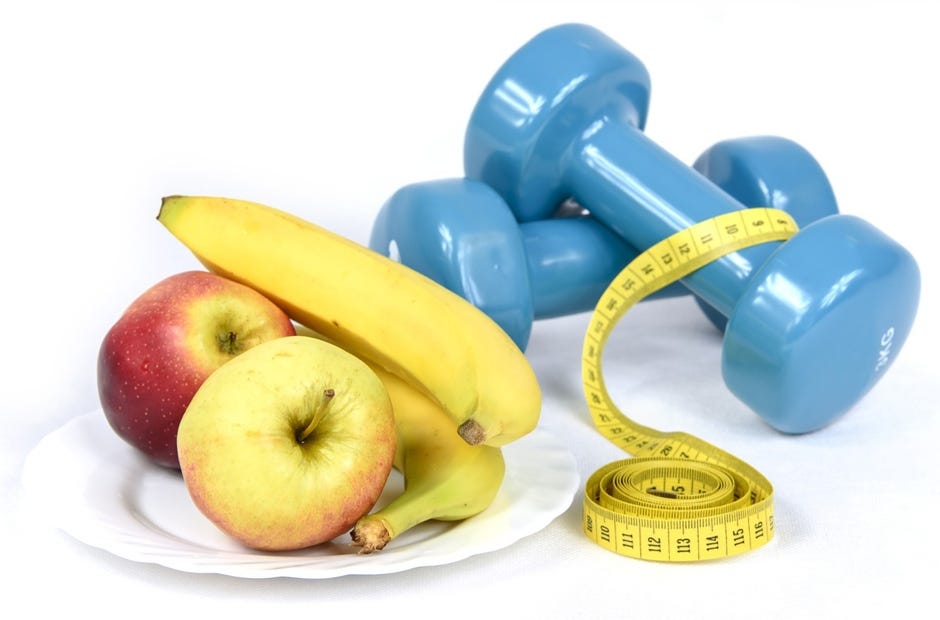![[STOCK PHOTO/PIXABAY]](http://127.0.0.1/wordpress/wp-content/uploads/2022/01/ghows-DA-4d499a79-e340-2d0c-e053-0100007f2a3f-be18acb3.jpeg)
CRESTVIEW—Going on a bike ride to a friend’s house or playing at recess isn’t just fun for most children, it could be saving their lives.
Poor eating habits and inactive lifestyles are leading to obesity in children at an alarming rate. While Crestview and Okaloosa County are nearly on par with national trends, that doesn’t mean there’s no reason for concern.
Risks
“Children are having ‘adult’ problems like hypertension, diabetes or pre-diabetes, high cholesterol [and] sleep issues like sleep apnea and gallstones,” Dr. Keely Kubly of North Okaloosa Physician Group Pediatrics said. They face increased risks of heart disease, skeletal issues, low self-esteem and depression.
These issues are both life-threatening and costly. The Florida Department of Health expects medical costs related to childhood obesity and subsequent illnesses to amount to an estimated $34 billion over the next two decades.
And it’s affecting kids younger and younger.
Defining obesity
“A little under 20 percent of children are considered overweight or obese before they enter kindergarten,” Kubly said. Nearly 60 percent of children born today will be obese by the time they graduate high school, according to the FDOH.
Among current school-aged children in Okaloosa County, about one-third are considered obese, according to Community Health Improvement Section Chief at DOH-Okaloosa Amanda Colwell.
Obesity is determined by a trained medical professional but can be estimated by calculating one’s body mass index or BMI. Several online resources offer BMI calculators and only require the person enter their weight and height.
A healthy BMI is 18.5-24.9; obese would be considered a person with a BMI of 30 or higher. In children, a comparative BMI model factoring in age and sex is used to determine obesity, according to the Centers for Disease Control and Prevention.
A child in the 95th percentile of BMI for kids of the same age and sex would be considered obese.
Causes and who’s most affected
“Families aren’t eating well and not being active,” Colwell said. Some bad habits parents might not even be aware of, such as 100 percent fruit beverages, she added. These drinks lack the fiber necessary to break down sugars and can be a factor in early-onset diabetes.
“Parents may need to travel farther distances for work, making sit down, family-centered meals difficult and making fast food a convenience,” Kubly added. “In some areas, access to recreation centers or youth sports may be limited, lack of paved roads for activities like bike riding or even distance to the nearest house may make it difficult for children to exercise.”
As age increases from 2 to 19 years old, the rate of obesity increases, according to the CDC. However, all age groups are still at a risk, Kubly said.
The most at-risk group are those of Hispanic descent, with those of Asian descent being the least at-risk, according to CDC data compiled from 2011-2014. Rates between males and females were nearly identical.
Prevention and implementation
“Substituting water for a few sugar-containing beverages throughout the day [and] increasing fruit and vegetable consumption” are great starts, Kubly said.
Children should also aim to have daily moderate-to-high physical activity and limit screen usage—whether that means television, cell phones, tablets or computers. All of these suggestions are also recommended by the CDC.
The DOH-Okaloosa started “Healthy Okaloosa 5210” in January 2014 to help combat childhood obesity. The initiative helps share the four healthy living habits suggested by the CDC:
-
Eat five or more fruits per day.
-
Limit recreational screen time to two or fewer hours per day.
-
Be physically active at least one hour every day.
-
Cut back on sugar-sweetened drinks and eliminate the use of or exposure to tobacco products.
To implement these practices DOH-Okaloosa works with schools, medical providers, childcare services and other community organizations. They host and organize special services such as cooking demonstrations, fun runs and games.
Some of the programs were developed by the department but others were crafted by schools—such as a 5210 tag game—and spread to other schools as a result, according to Colwell.
The department also pushes facilities to adopt health-friendly practices. One such policy example is not allowing staff at recreation centers to smoke and requiring them to change and wash their clothes if they do so outside of work. Another could be ensuring water is a beverage option instead of sugary sports drinks.
Becoming engaged and making a change
Making progressive changes to promote a healthy lifestyle can at times be easier said than done. Kubly recommends starting with attainable goals and adding more once they are accomplished.
“If you are constantly in the car and need to eat fast food, a goal of never eating fast food again is not realistic,” Kubly said. “However ordering a salad or substituting fries for a fruit or vegetable is.”
Healthy lifestyles for children can also be adopted by adults, Kubly added. And dietary and lifestyle choices made in childhood often follow people into their adulthood, she said.
The DOH-Okaloosa has also made addressing childhood obesity one of its top priorities.
“We wanted to start with the youngest population,” Colwell said when asked why childhood obesity was prioritized out of the dozens of health and environmental issues the department has found young people face.
Still, change can be difficult. The CDC recommends consulting with a doctor about the most appropriate way for each child to help combat obesity and the risks associated with it.
THE ISSUE: Childhood obesity affects about one-third of school-aged children in Okaloosa County.
LOCAL IMPACT: Obesity can lead to increased risks for diseases and other ailments both in the long and short term.
This article originally appeared on Crestview News Bulletin: Children now having 'adult' problems
